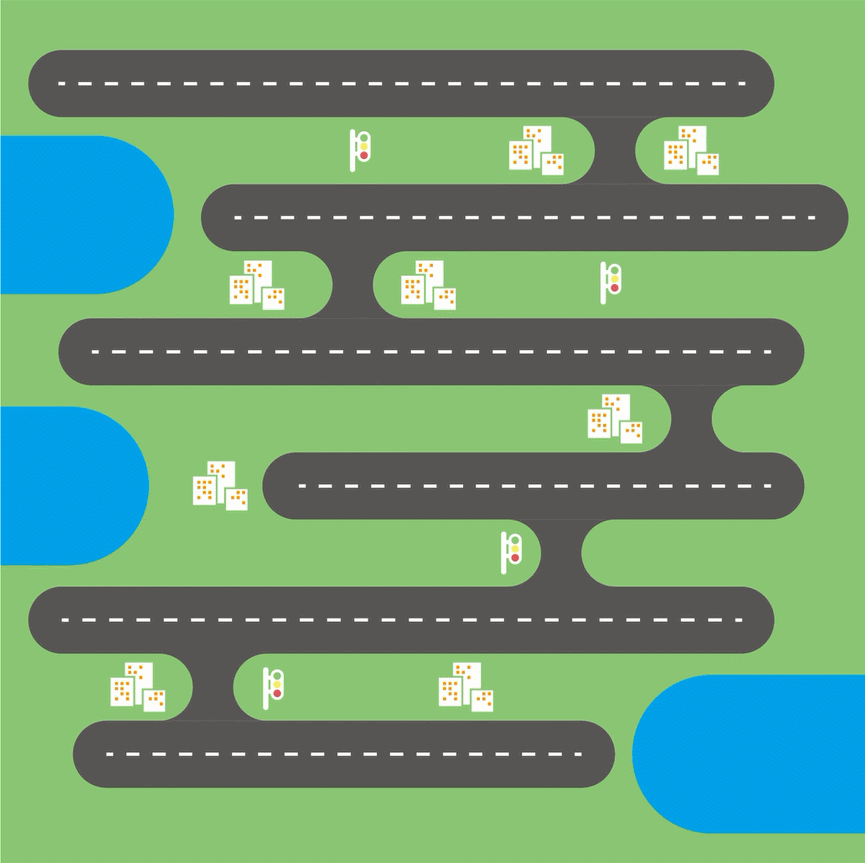
Skillmap
“Earn money by your hobbies”.
A location-based peer-to-peer platform for users to get quick service or earn money through their skills or knowledge-sharing in a short distance.
About Project
Project type
Service, iOS & Android app
Organization
Dao Studio
Time
2017.12-2018.05
My Role
Research, UX & UI design
Background
Problem
In Sweden, sometimes when people just need a hand, it usually takes a long time to wait in the queue and these places are pricey and scattered. Meanwhile, there are someone who actually has this skill or knowledge lives very close by. But they just don’t have a chance to show it.
Market
People who have skills and who need decent service will become target customer or market segments
Key competition
Professional companies

Research
When doing the research, we tried a lot to build a co-design environment to better understand targets users needs and their user experience. Different kinds of research methods were applied, such as interview, living lab and focus group.
Interview
We interviewed people live in or near campus to discover the skills they were good at and the skills (or services) they were looking for when it happens in their daily life.
Living lab
We made a very simple model for participants to try. They had to use it imitating providers and receivers in the real situation. The intention is to collect their feedback for improving our design (half of people who participated in this research were those who had already provided service for others so that their opinions were more practical.)
Focus group
After we adjusted the whole flow we also invited participants in the previous two researches in a focus group. We had meetings together to discuss how to improve this app from their experience of using it.
Ideation
It is a platform that allow both a user to help others as a "skill provider" and a user to ask for help as a "service receiver". The process starts with online communication and continues with offline communication, if necessary, between provider and receiver by using location-based service. It is very suitable to be used and developed in local communities where many people live closely.
When user is looking for a service

When user is looking for a service

The sharing economy concept here includes both non-physical and physical sharing.
Non-physical sharing activity refers to that people share skills to others in the form of users(providers) providing a type of service or product to other users (receivers). For example, a user who is good at computer can be a provider serve others to stall programme and system, fix computer hardware.
Physical items sharing refers to share products with people live closely. For example, people can share bikes in its spare time. The app will enable face-to-face communication between provider and receiver by using location-based service.
Prototype
Wireframes

Mockups

Final product

Sustainability
From the economy aspect, this service can become a supplement to the existing industries and also avoid the waste of resource of skills. It will bring people convenience and at the same time will improve economic mobility without increasing environmental pressure. It will help create more alternative employment or opportunities to earn money. The consumption level is based on not only products but also service which is sustainable and will maintain the balance of the economy.
From the social dimension aspect, it can set up a platform for users to communicate, which will help strengthen the connection between people and benefit to social harmony and stability. The concept of sharing will also increase people’s moral awareness, for example, altruistic concern for others. This will help create a more sustainable social system.
From the perspective of environmental sustainability, this project will improve the utilization of the products and skills which are idle before. This will help people get better resource allocation. Thus, the consumption of natural resource, the production of waste and pollution will relatively get reduced.
This application is easy to be copied to other areas. It can be adjusted when put into any other similiar environment. This flexibility will enable the application itself be sustainable and support its own development.